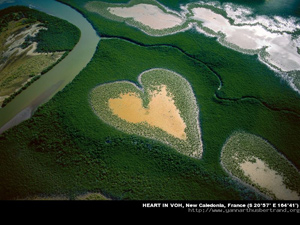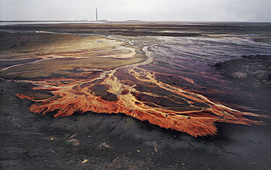Carnac megaliths

A “marking” on stone, Carnac. Photograph by Stephen Miller.
Stephen Miller’s dramatic photos of Megaliths in the Carnac region of France capture a certain kind of spell over the whole area, hard to pin down, maybe like an echo remaining from a time we have no ‘memory’ of.
Miller writes Carnac: eleven rows of standing stones stretching for 12 kilometers. Date and origin, unknown. And for scores of miles in all directions, scattered throughout the forests, in the fields, in the midst of human settlement, the dolmens, menhirs, circles, and alignments of an unknown age before history.
Here and there, inside a dolmen, a carving on a wall stone. A torso or womb shape? Some emblematic, some, like the walls of Gavrinis, shamanic, and some like the first glimmer of pictographic writing.
Carnac: In Egypt there is a Karnak too, the ‘temple of the sun’. In India, there is Koranak, a temple of the sun, home of the universal calendrical stone featured on the old Indian 10 rupee note. And I remember that the spaceship in Gurdjieff’s enigmatic “Beelzebub’s Tales To His Grandson” was also named Karnak. Local mythologies surrounding the stones abound. These are said to walk to the water sometimes, those to move or dance under the moonlight. They are almost always associated with fertility and enchantment.
These black and white photos remind me very much of Ismo Luukkonen’s photos of Swedish standing stones, as I wrote about last February.
There is more on Carnac at Vicki Sherwood’s The Megaliths of Carnac.
(Thanks to wood s lot)









